People who endured childhood adversity, like abuse or neglect, were 12-25% more likely to be hospitalized or die from COVID-19 in adulthood, a new University of Pittsburgh study found.
Tag: Child Abuse
Safer Neighborhoods May Mitigate Risk of Child Abuse
Improving the built environment and expanding housing services in low-incoming communities are protective factors against child abuse, Rutgers study finds.
Sentencing child sex abusers: When the victim becomes the offender
When a ‘victim-offender’ is sentenced in court, a University of South Australia researcher is recommending judges acknowledge the offender’s early trauma, in conjunction with the consequences for the crime, in their sentencing comments.
Clinicians must look beyond physical symptoms to care for people with deep-seated trauma
Child protection experts are imploring clinicians to broaden their duty of care to ensure that patients’ hidden trauma is not overlooked by more obvious physical symptoms and illnesses.
Study Finds Disparate Gender Differences in Victims of Child Sex Trafficking
Youth involved in sex trafficking have extensive victimization experiences during childhood, and these experiences vary by gender. In the nationally representative study, 75 percent were males and 25 percent were females. Almost two-thirds of the girls were molested as a child, half were raped, and three-fourths were emotionally abused as a child, compared to 36 percent of males who were molested, 31 percent who were raped, and 37 percent who were emotionally abused. Eighty percent of females reported three or more victimization types compared to males (49 percent), and 31 percent of females experienced all five types of prior victimization compared to 11 percent of males.
Expert on the Toll of Child Abuse on Victims
With the recent release of the Maryland Attorney General’s report on child abuse in the Catholic Church over decades in Baltimore, many people are asking what can be done to support victims and what can be done to prevent abuse…
Lurie Children’s Hospital Launches App to Help Screen Bruises in Young Children for Potential Abuse
An innovative app from Ann & Robert H. Lurie Children’s Hospital of Chicago aims to increase earlier recognition of abuse in babies and children under 4 years of age who have bruises, with the hope of decreasing the incidence of severe injury and death from child abuse in this age group. The hospital launched the app in April, which coincides with National Child Abuse Prevention month.
Stress Gene Dysregulation Found in Kids After Injury from Abuse vs. Accident
Epigenetic changes in the regulation of a key gene in the body’s stress response system were detected in babies and young children with abusive injuries, as opposed to accidental, according to a pilot study published in the journal Pediatric Research.
The far-reaching consequences of child abuse
Maltreatment during childhood is an especially serious risk factor for health problems in the exposed individual, as it brings a host of lifelong consequences.
World-first study reveals true cost of child abuse on South Australia’s public hospital system
‘Intervene before harms escalate’ is the message from University of South Australia researchers as a new study reveals that South Australian public hospital costs for victims of child abuse and neglect now exceed $415 million* per year.
Some state welfare policies linked to more foster care
States that restricted access to federal welfare benefits had higher numbers of child neglect victims and more children who were placed in foster care, a new national study found.
Teachers critical to detecting and reporting child maltreatment
School closures during the height of the COVID-19 pandemic may have resulted in at least 5,500 fewer reports of endangered children, according to a new study showing teachers’ essential role in the early detection and reporting of child maltreatment.
Stopping family violence starts with protecting our children
They’re our youngest and most vulnerable citizens, yet despite protection initiatives and support services, between 50,000 and 100,000 children are abused or neglected each year in Australia.
Physical intimate partner violence in Colombia costs $90 million annually
The single-year health burden associated with physical intimate partner violence in the South American country of Colombia was $90.6 million, finds a new study from the Brown School at Washington University in St. Louis.
Child Abuse Evaluations in Emergency Departments Drop During Pandemic, But Reason Unclear
Pediatric Emergency Department (ED) encounters related to physical abuse decreased by 19 percent during the COVID-19 pandemic, according to a multicenter study published in the journal Pediatrics. While encounter rates with lower clinical severity dropped during the pandemic, encounter rates with higher clinical severity remained unchanged. This pattern raises concern for unrecognized harm, as opposed to true reductions in child abuse.
Predictable Home Environment Protects Against Development of Heart Disease Risk Factors After Child Abuse
Studies have demonstrated that exposure to physical and psychological abuse in childhood is associated with cardiovascular risk factors in adulthood, such as high blood pressure, high cholesterol and type 2 diabetes. A new study shows for the first time that well-organized households protect children who have experienced abuse from developing some precursors to heart disease.
Witnessing parental domestic violence in childhood linked to mental illness in adulthood
A new study from the University of Toronto found that one-fifth (22.5%) of adults who were exposed to chronic parental domestic violence during childhood developed a major depressive disorder at some point in their life.
Child abuse and neglect linked to early death in adulthood
Children who experience sexual or physical abuse or are neglected are more likely to die prematurely as adults, according to a new study analysing data from the 1950s to the present by researchers at UCL and the University of Cambridge.
UNH Research Finds Witnessing Abuse of Sibling Can Lead to Mental Health Issues
Researchers from University of New Hampshire found that children who witness the abuse of a brother or sister by a parent can be just as traumatized as those witnessing violence by a parent against another parent. Such exposure is associated with mental health issues like depression, anxiety and anger.
For one group in child welfare, trauma is especially common
While many parents and caregivers involved in the child welfare system suffered trauma as children, new research suggests that those with substance misuse issues as adults may have had particularly difficult childhoods.
Hush little baby don’t say a word… Giving a voice to child victims of family abuse and neglect
Children with documented child protection concerns are four times as likely to die before they reach their 16th birthday, according to confronting new research from the University of South Australia.
Parents abused as children may pass on emotional issues
Childhood abuse and trauma are linked to many health issues in adulthood. New research from the University of Georgia suggests that a history of childhood mistreatment could have negative ramifications for the children of people who experienced abuse or neglect in childhood.
UNH Research Estimates 1.4 Million Children Have Yearly Violence-Related Medical Visits
A national report from the University of New Hampshire shows close to one and a half million children each year visit a doctor, emergency room or medical facility as a result of an assault, abuse, crime or other form of violence. This is four times higher than previous estimates based only on data from U.S. emergency rooms for violence-related treatment.
LifeBridge Health’s Center for Hope Launches Red Desk Project As Call-to-Action to Prevent Child Homicide
In a powerful call-to-action to prevent child homicides, LifeBridge Health’s Center for Hope created a moving public art display: 111 red school desks on the lawn of Sinai Hospital. Each desk represents a child killed in the City of Baltimore over the past six years. The Red Desk Project is designed to sound the alarm and raise public awareness about the dramatic increase in child homicide in Baltimore City year over year and the effects these homicides have on the entire community, including other children.
UNH Researchers Release Child Maltreatment Report Showing Mixed Trends
A new report from the University of New Hampshire’s Crimes against Children Research Center (CCRC) showed a mixed trend in child matreatment in 2019 highlighting a marked increase in child abuse fatalities but also declines in physical abuse and neglect.
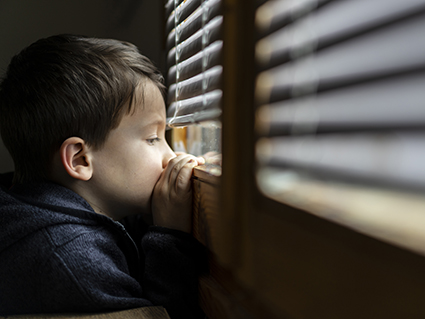
Studies highlight ‘unprecedented and unique dangers’ for children during COVID-19
Two new studies investigating child maltreatment during the COVID-19 pandemic reveal “concerning results” that confirm warning signs seen early in the pandemic, according to researchers at UAB and the University of Michigan.
Anti-poverty policies can reduce reports of child neglect
A University of Washington study analyzes how a state’s refundable Earned Income Tax Credit can lead to fewer reports of child neglect, by reducing the financial stress on families.
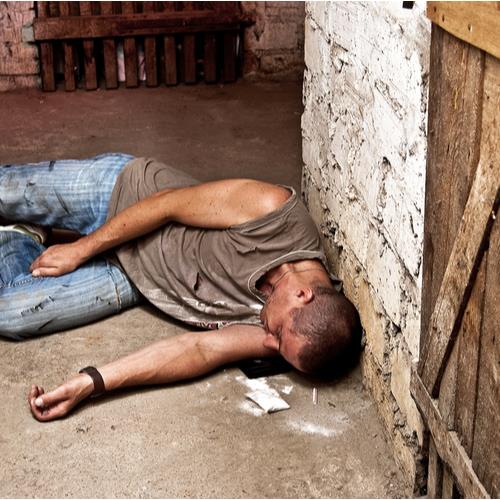
Survivors of child abuse twice as likely to die young
A world-first study by the University of South Australia has found that survivors of child abuse are more than twice as likely to die young than children who have never come to the attention of child protection services.
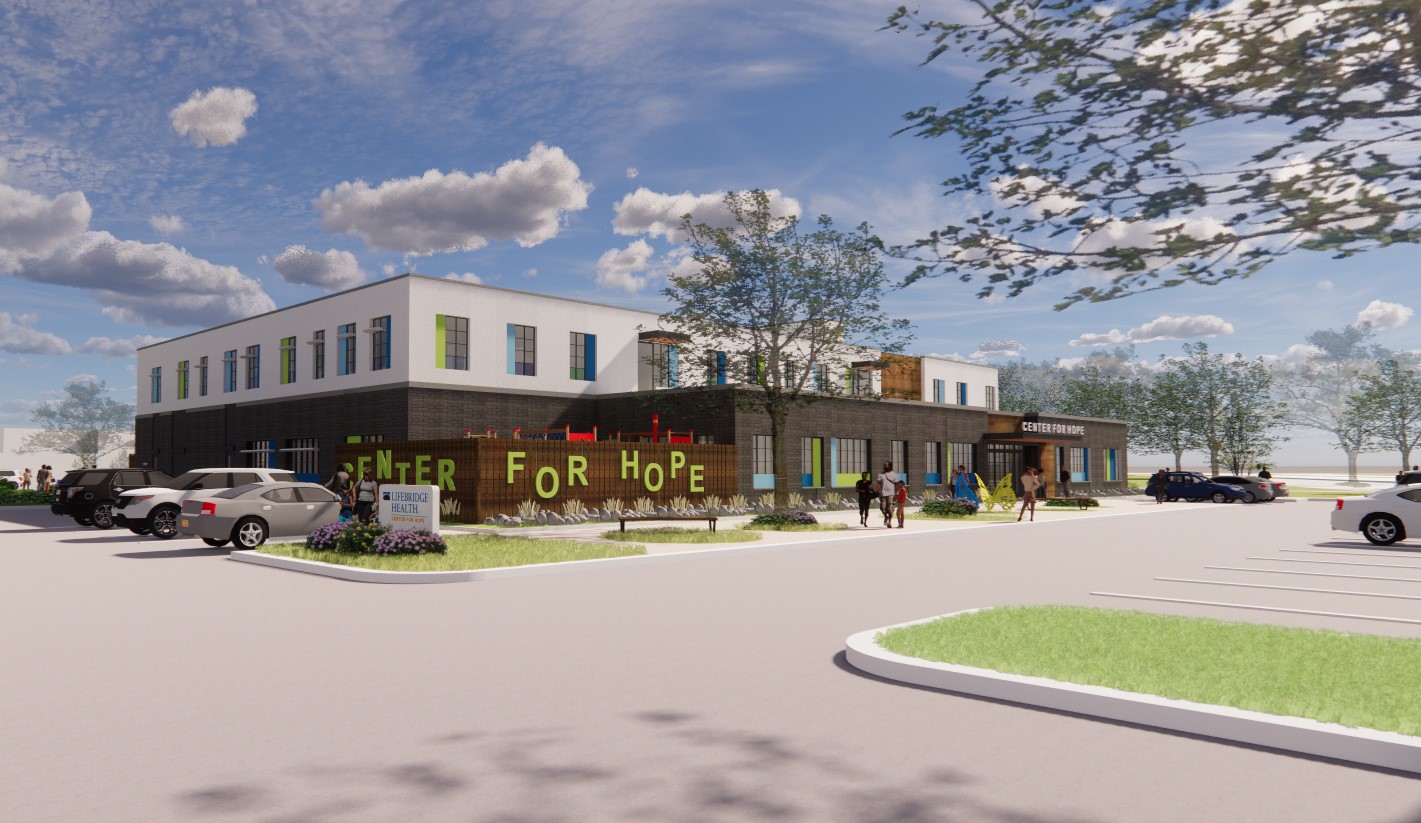
LifeBridge Health Launches Innovative New Center for Hope, Comprehensive Violence Intervention and Prevention Services Integrated Together Under One Roof
LifeBridge Health launched the Center for Hope, the first comprehensive violence intervention and prevention center in the nation that is part of a large regional health system. The Center for Hope brings together LifeBridge Health services around child abuse, domestic abuse and elder abuse along with community violence prevention programs, including a new Safe Streets site. The building design, which will be revealed at groundbreaking event, was created to welcome children, youth and adults into a space that fosters hope, safety and wellness, including an outdoor area for therapeutic play. The purpose of the Center for Hope is to advance hope, healing and resilience for those impacted by trauma, abuse and violence through comprehensive response, treatment, education and prevention.
Maltreatment tied to higher inflammation in girls
New research by a University of Georgia scientist reveals that girls who are maltreated show higher levels of inflammation at an early age than boys who are maltreated or children who have not experienced abuse.

Child Abuse and COVID-19
Continued school closures and distance learning have drawn more than the ire of parents and teachers concerned about the impacts to education. Child advocates are worried about the COVID-19 pandemic’s effect on youth stuck at home with their abusers. For months, researchers tracking data from across Nevada and the nation have been logging significant dips in child abuse reports — a phenomenon attributed to the lack of face time children are getting with teachers, who are trained to spot potential signs of maltreatment and required by law to report it to authorities.

Georgia Tech Researcher Explores Covid-19’s Impact on Child Welfare, Domestic Violence
In new research, Georgia Tech’s Lindsey Bullinger found that the isolation forced by the Covid-19 pandemic has led to an increase in child abuse and neglect, as well as domestic violence. “Covid-19 abruptly exposed a vast number of families who…

COVID-19 pandemic highlights need for strategies to identify and report child abuse
As children and families face added challenges and increased isolation as a result of the COVID-19 pandemic, there is growing awareness of the need to be prepared to identify children who are at risk for maltreatment. The current situation also…
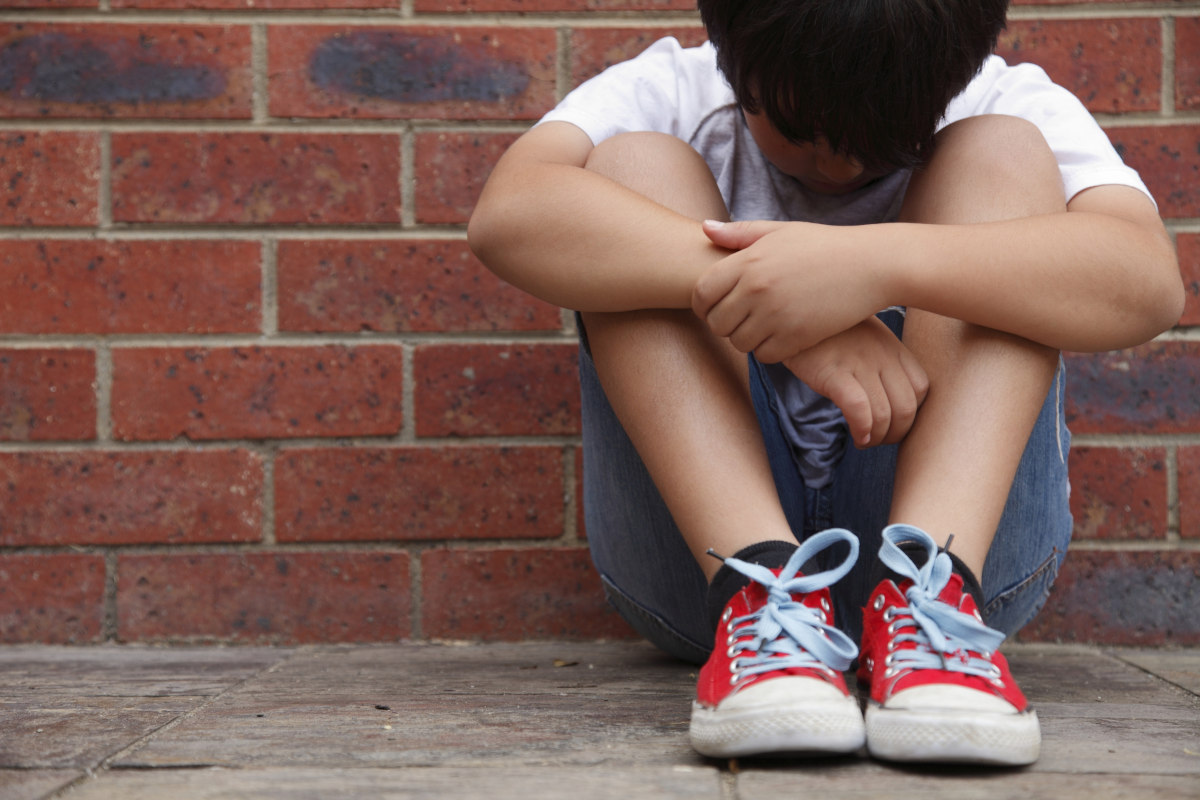
The Medical Minute: The heightened risk of child abuse during the COVID-19 pandemic
Reports of suspected child abuse have declined in Pennsylvania since the onset of social distancing guidelines. But experts in the Penn State Center for the Protection of Children say this does not correlate with an actual decline in abuse cases.

COVID-19 Tip Sheet: Story Ideas From Johns Hopkins
The following are story ideas regarding the COVID-19 illness. To interview experts cited in these tips or others at Johns Hopkins, please contact [email protected].
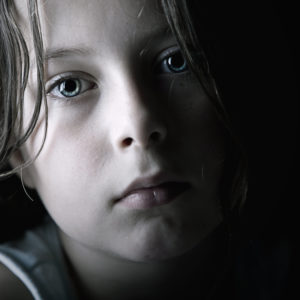
WashU Expert: Decrease in abuse hotline calls not a good sign
Child abuse and neglect hotlines around the country are reporting declines in calls over the past few weeks. While normally this would be welcome news, it does not bode well during COVID-19 stay-at-home orders, says an expert on child abuse and neglect at Washington University in St. Louis.“Normally, a decrease in calls about alleged child abuse and neglect or maltreatment would be a welcome start to child abuse prevention month, but the context of current declines is worrisome,” said Melissa Jonson-Reid, the Ralph and Muriel Pumphrey Professor of Social Work Research at the Brown School.
Rutgers Expert Available to Speak on COVID-19 and Victims of Child Abuse
Amanda M. Stylianou, a national expert on child violence and health outcomes based at Rutgers University Behavioral Health Care at Rutgers Health is available to speak on the impact of social distancing on child abuse for April’s Child Abuse Prevention…

National Poll: Many parents delay talking to kids about inappropriate touching
Experts recommend starting conversations about inappropriate touching during the preschool years, but less than half of parents of preschoolers in a national poll say they’ve begun that discussion.
Childhood physical abuse linked to heavy cigarette use among teens who smoke
A new study in kids at risk for maltreatment shows that physical abuse, especially when they’re toddlers or teens, dramatically increases the odds that their adolescent experimentation with cigarettes will lead to a heavy smoking habit.
A brighter future for victims of child abuse and neglect
Victims of child abuse suffer enormous immediate and long-term consequences, with impacts extending beyond individuals and across generations. Preventing child abuse and neglect is imperative, yet not enough is known about pathways into child maltreatment and how these can be disrupted.
Now, researchers at the University of South Australia are breaching this gap by investigating predictors of child maltreatment and the factors that contribute to better or worse outcomes for victims and their children.
Children’s Fingertip Injuries Could Signal Abuse
Many children who suffer fingertip injuries have been abused, according to a Rutgers study. The researchers found that children who had a documented history of abuse or neglect were 23 percent more likely to suffer a fingertip injury before age 12.

Injury More Likely Due to Abuse When Child Was With Male Caregiver
Over 1,700 children die from child abuse each year in the U.S., and far more sustain injuries that result in hospitalization. These deaths and severe injuries are preventable, but effective strategies require a deeper understanding of the caregivers causing the…